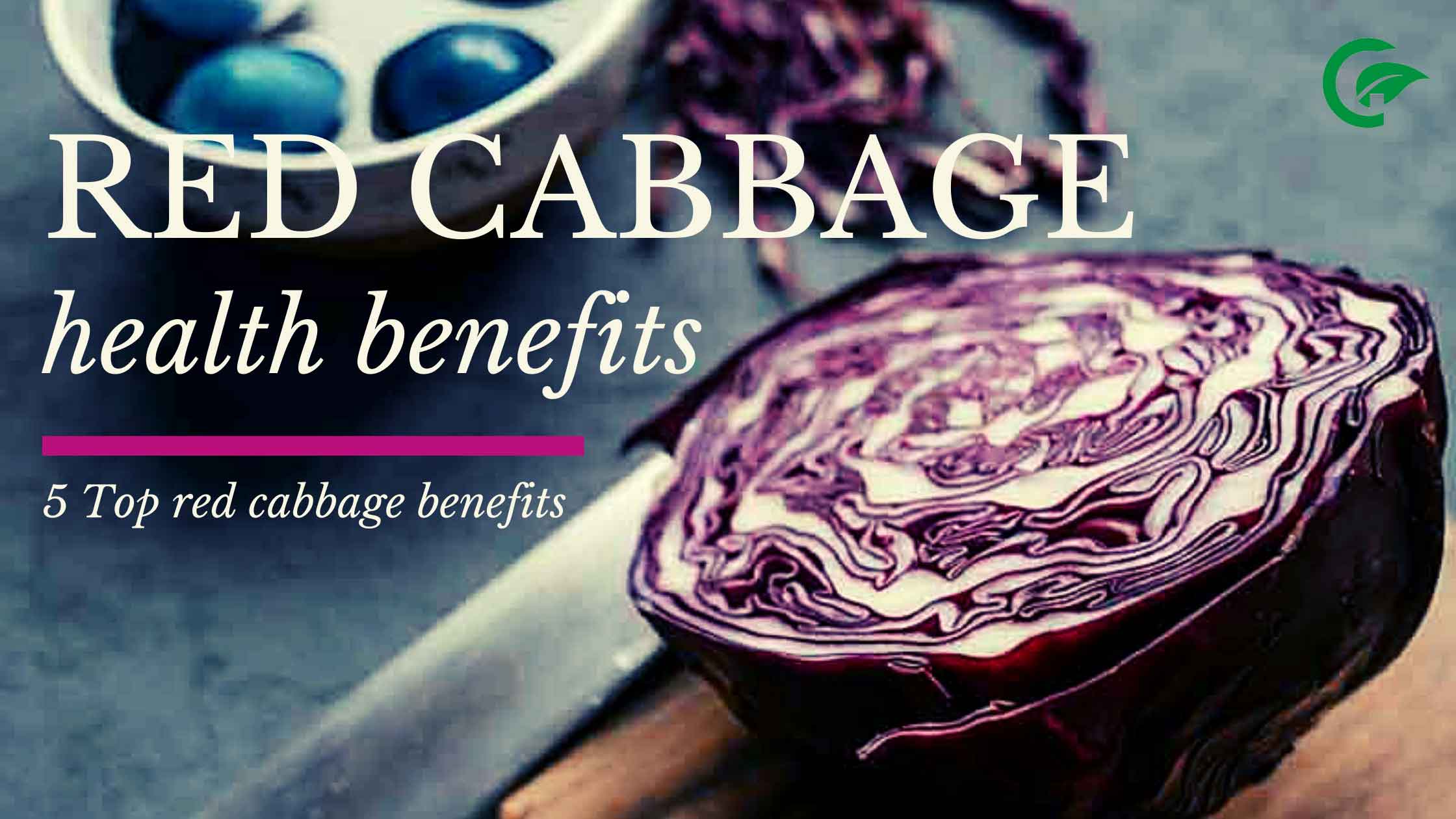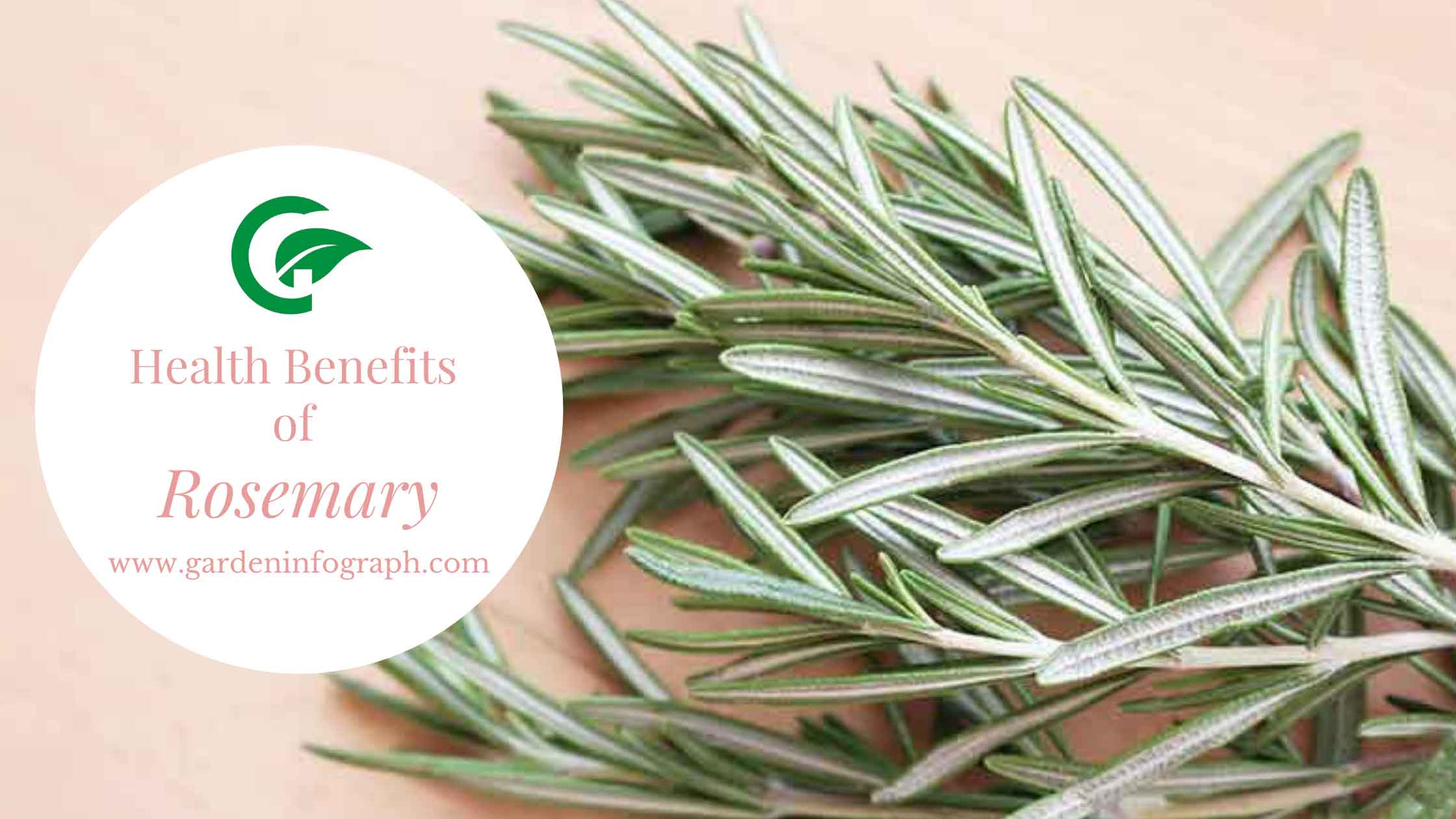Taro leaves
Leaf sizes for taro plants range from medium to large, and they are broad and heart-shaped, measuring thirty to forty centimeters in length and twenty centimeters wide on average. On the surface, the taro leaves are dark green and smooth, but on the underside, they are light green. Veins branch out from the central stem on the underside of the leaves as well.

A purple to a red hue will be present on the veins and stem, and it may be variegated. The underground, starchy, brown tubers of the Taro plant are the most famous. As soon as the leaves are cooked, they become tender and have a delicate flavor, with a nutty taste and a taste of iron.
Health benefits of Taro Leaves:
Taro leaves health benefits are an excellent source of ascorbic acid and dietary fiber, and also contain thiamin, riboflavin, iron, phosphorus, zinc, vitamin B6, vitamin C, niacin, potassium, copper, and manganese. There are many taro leaves health benefits because of their favorable nutrition profile.
1. Boosts Immunity:
1 cup of taro leaves can supply you with at least 86% of your daily vitamin C requirement. Taro leaves are effective for boosting the immune system. Vitamin C is essential to the function of several cells of our immune system, including T-cells and phagocytes. The immune system cannot fight pathogens when vitamin C levels in the body are low. When uncontrolled, free radicals can cause inflammation in the body, which can result in ailments such as cancer and autoimmune disorders. Thus, regular consumption of cooked taro leaves may be beneficial for reducing free radicals in your body, therefore preventing disease.
2. Boosts digestive system:
In comparison with potatoes, taro roots have twice the amount of fiber. The consumption of dietary fiber helps with digestion and relieves issues such as constipation, diarrhea, stomach ulcers, and acid reflux. Fiber moves slowly through the digestive system, so studies have concluded that it can also promote weight management because it keeps you fuller between meals.

3. Prevents heart disease:
In taro root, there are large amounts of potassium, a mineral which helps to lower blood pressure by breaking down excess salt. This helps prevent the development of chronic heart disease by reducing stress on your cardiovascular system. The consumption of nutrient-dense fruits and vegetables has been identified time and time again as being beneficial to heart health. Therefore, adding taro leaves to an overall healthy diet may promote cardiovascular health.
4. Prevents Cancer:
In addition to its roots and leaves, the taro root is loaded with antioxidants. Its purple pigment, quercetin, serves as an antioxidant that prevents free radical damage to the body. By causing cell damage, free radicals cause aging and lifestyle-related damage to your body. Scientists believe these molecules can lead to cancer. Several studies suggest that taro consumption can reduce the risk of colon cancer. Taro is also effective at reducing instances of breast cancer, according to another study.
5. Keeps eyes healthy:
As well as Vitamin C, Taro leaves are also good sources of Vitamin A. It reaches an amazing value of 123% daily. In addition to preventing eye diseases like cataracts, myopia, and blindness, it is very good for maintaining visual acuity. As a preservative, vitamin A works by supplying vitamins to the eye so that it can prevent cataracts and macular degeneration. By maintaining a clear cornea, it ensures clear vision.

Also read : how to grow taro plant
6. Prevents Anemia:
The body suffers from anemia when it has a low hemoglobin count. In addition to iron, it leaves have a high concentration of zinc, which assists in the synthesis of red blood cells. Additionally, the presence of vitamin C in taro leaves aids iron absorption, which may further reduce the risk of anemia. In this way, red blood cells are produced in the body.
7. Prevents Diabetes:
Approximately 24 percent of the global population is affected by diabetes. Diabetes, if not managed, can lead to complications such as kidney damage and nerve damage. It contains what’s known as resistant starch, which is the main source of the carbohydrate content in taro root. Clinical studies have shown that these carbs stabilize blood sugar, which can help manage weight and reduce the risk of diabetes. Low-carb and keto diets can also benefit from these starches.
Here at garden infograph we try to bring in front of you many relatable topics that are can add up to a healthy diet in your homes to keep your family and friends healthy. Some topics that we have covered are watermelon, cantaloupe, mushrooms, beetroot, celery, parsley, fennel, lettuce and you will find many more. Cucumber health benefits and side effects. Tomatoes Health benefits and side effects. Calendula nutrients facts and side effects, Ayurvedic herbs

 Garden infograph We provide our best experinces about plants
Garden infograph We provide our best experinces about plants





